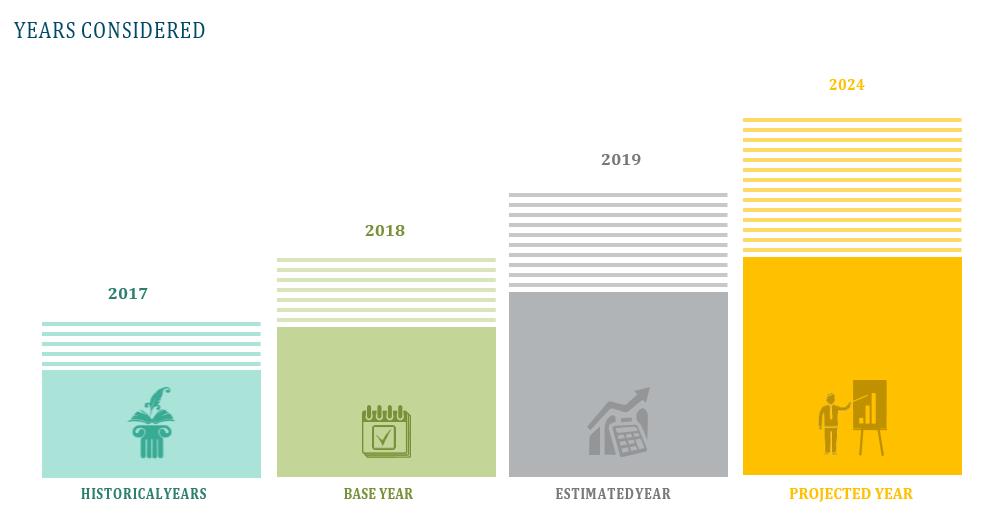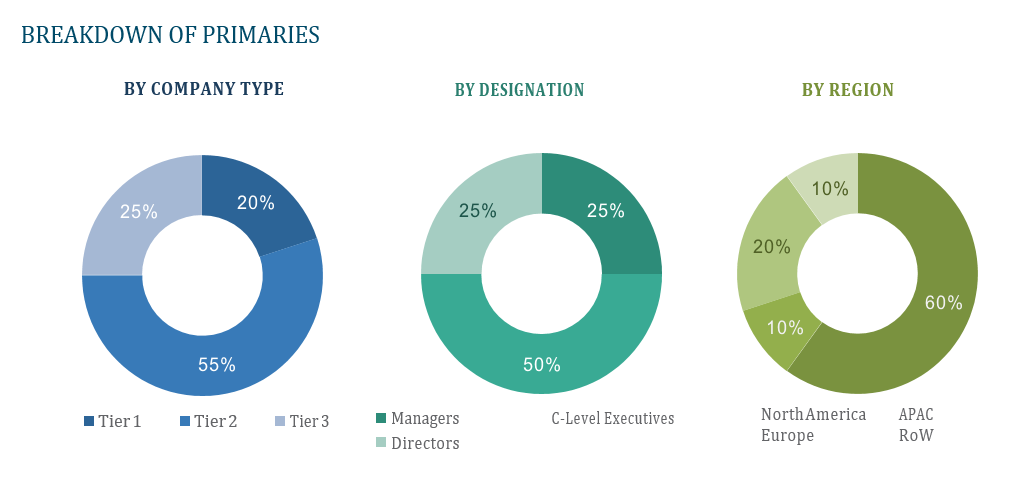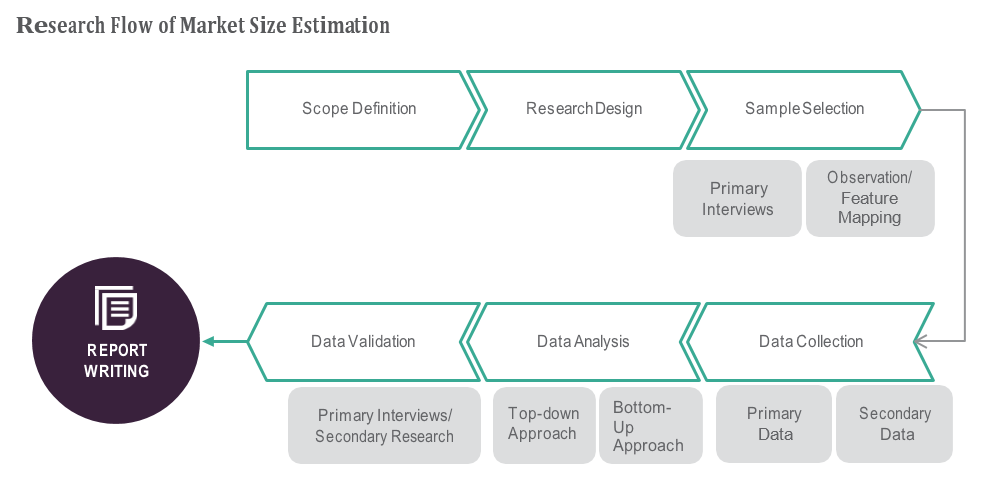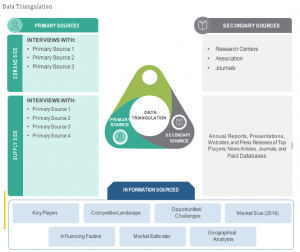OVERVIEW
The market size of multichannel order management is expected to reach USD 2.44 billion by 2024, growing over the forecast period at a CAGR of 10.26 %. Digital transformation, the proliferation of smartphone and internet users, and multiple sales channels are the major factors driving the market.








TABLE OF CONTENT
1 Global Multichannel Order Management Market
1.1 Study Objectives
1.2 Market Definition
1.3 Study Scope
1.3.1 Markets Covered
1.3.2 Geographic Scope
2 RESEARCH METHODOLOGY
2.1 Research Data
2.1.1 Secondary Data
2.1.1.1 Key Data From Secondary Sources
2.1.2 Primary Data
2.1.2.1 Key Data From Primary Sources
2.1.2.2 Key Industry Insights
2.1.2.3 Breakdown of Primaries
2.2 Market Size Estimation
2.2.1 Bottom-Up Approach
2.2.2 Top-Down Approach
2.3 Market Breakdown and Data Triangulation
2.4 Research Assumptions
3 Global Multichannel Order Management Market – Executive Summary
3.1 Market Revenue, Market Size and Key Trends by Company
3.2 Key Trends by type of Application
3.3 Key Trends segmented by Geography
4 Global Multichannel Order Management Market – Comparative Analysis
4.1 Product Benchmarking – Top 10 companies
4.2 Top 5 Financials Analysis
4.3 Market Value split by Top 10 companies
4.4 Patent Analysis – Top 10 companies
4.5 Pricing Analysis
5 Global Multichannel Order Management Market – Industry Market Entry Scenario
5.1 Regulatory Framework Overview
5.2 New Business and Ease of Doing business index
5.3 Case studies of successful ventures
5.4 Customer Analysis – Top 10 companies
6 Global Multichannel Order Management Market – Market Forces
6.1 Introduction
6.2 Market Dynamics
6.2.1 Drivers
6.2.2 Opportunities
6.2.3 Challenges
6.3 Porters Analysis of Market
6.3.1 Bargaining power of suppliers
6.3.2 Bargaining powers of customers
6.3.3 Threat of new entrants
6.3.4 Rivalry among existing players
6.3.5 Threat of substitutes
7 Global Multichannel Order Management Market – Strategic Analysis
7.1 Value Chain analysis
7.2 Product Life Cycle
7.3 Supplier and distributor analysis (Market share and product dealing strategies)
8 Global Multichannel Order Management Market – By Component (Market Size – &
million/billion)
8.1 Services
8.2 Solution
9 Global Multichannel Order Management Market – By Deployment Mode
9.1 On-Premises
9.2 Cloud
10 Global Multichannel Order Management Market – By Organization Size
10.1 SMEs
10.2 Large Enterprises
11 Global Multichannel Order Management Market – By Vertical
11.1 Retail, eCommerce, and Wholesale
11.2 Healthcare
11.3 Manufacturing
11.4 Food and Beverage
11.5 Others
12 Global Multichannel Order Management Market – By Geography (Market Size – &
million/billion)
12.1 Introduction
12.2 North America
12.2.1 US
12.2.2 Canada
12.2.3 Mexico
12.3 Europe
12.3.1 U.K
12.3.2 Germany
12.3.3 Italy
12.3.4 France
12.3.5 Spain
12.3.6 Rest of Europe
12.4 Asia-Pacific
12.4.1 China
12.4.2 Japan
12.4.3 India
12.4.4 South Korea
12.4.5 Rest of APAC
12.5 Rest of the World
12.5.1 South America
12.5.2 Middle East
12.5.3 Africa
13 Global Multichannel Order Management Market – Entropy
13.1 New product launches
13.2 M&A’s, collaborations, JVs and partnerships
14 Global Multichannel Order Management Market Company Profile (Key Players)
14.1 Market Share, Company Revenue, Products, M&A, Developments
14.2 IBM
14.3 HCL
14.4 Oracle
14.5 Sanderson
14.6 Zoho
14.7 Salesforce
14.8 Freestyle Solutions
14.9 SAP
14.10 Brightpearl
14.11 Linnworks
14.12 Company 11 & more
15 Global Multichannel Order Management Market – Appendix
15.1 Sources
15.2 Abbreviations










